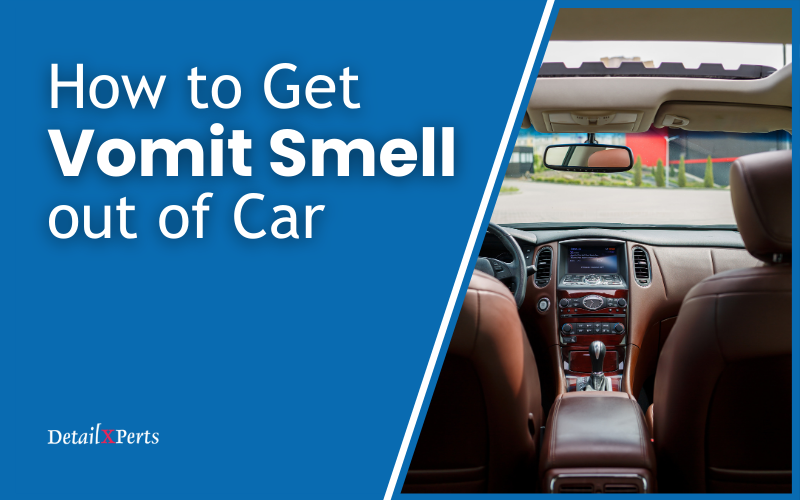Fixing rust spots on a car should be a priority because rust can spread very quickly if left untreated. Rust occurs when bare metal reacts with oxygen or humidity, so it is important to check your vehicle for peeling paint, scratches or paint swirls.
A car also becomes vulnerable to rust during winter, when road salt reacts with the undercarriage. Understand that rust-proofing galvanized steel only keeps rust at bay, so proper maintenance is still necessary. If you are living close to the beach area, the salty air will affect your vehicle and accelerate the process of rust formation. Driving continuously on gravel roads can also damage car metal and expose it to natural elements that cause rust. Since there are so many different culprits that allow rust to set in, you should look out for areas of damage and treat them as soon as possible.
Here’s a step-by-step method on fixing rust spots on a car.
Fixing Rust Spots on a Car – What are the Steps?
Step 1 – Clean the area
Wash the area of contamination and spray an automotive adhesive remover to remove any wax residue.
Step 2 – Isolate the area
Isolate the rust spot with masking tape. This ensures that surrounding areas will not be damaged during the process.
Step 3 – Remove paint, primer, and rust
While most people like to sand the affected area with sand paper, we have found that using a grit wheel to remove paint, primer, and rust to be more effective. Use a 120 grit wheel until you get a smooth surface. You should see the bare metal. Use this tool very carefully because it can damage paint and metal.
Note: Cover the rest of your car and roll up all the windows since this process creates a lot of fine particles that will settle on surfaces. Cover your mouth and nose with a mask and wear goggles to protect your eyes.
Step 4 – Remove rust that the grinder could not get rid of
Use a rust remover and sand the area with 80 – 150 grit sandpaper to ensure complete rust removal.
Step 5 – Create an indented surface
Tap the rusted area with a body hammer and create indents so when body filler is used, the repaired portion will be level with the surrounding area.
Step 6 – Use body filler to cover the area
Using the instructions on your body filler kit, combine body filler and hardener to create a paste. Apply it to the rusted area. The coating should be a little higher than the surrounding area. Allow the paste to dry completely.
Step 7 – Follow with another round of sanding
Once the filler paste has dried completely, sand the area using 80 grit sandpaper to create an even and smooth surface. Since this is surface preparation for the application of primer, follow with a 240 (or a value above that) grit sandpaper to ensure that the surface is very smooth. To finalize, remove any dust particles from the surface.
Step 8 – Apply primer
Do not forego this step, because it ensures that rust won’t return by protecting the underlying metal. Ideally, you should apply several coats of primer. Let one layer dry completely and sand it using superfine 400 grit sandpaper. Remove dust particles, and apply a second coating. Follow with sanding as with the first coat. Repeat the process for several coats.
Step 9 – Apply paint
In most cases it is not possible to match the exact color of your car paint, but you can get as much help as you need to select the right color at the paint shop. Spray or apply the first coat and let it dry completely. Sand using 400 grit paper. Follow the same process for three or more coats.
Step 10 – Apply clear coat
To finish off the process, apply a layer of clear coat. This will safeguard your vehicle from rust and other contaminants that may compromise its appearance and functionality.
By following these steps, you can easily fix rust spots on a car. But since prevention is better than cure, ensure your car is rustproofed. This can be a DIY project. For best results, take your car to a professional detailing service. Schedule an appointment with DetailXPerts as rustproofing is one of our specialty services.





